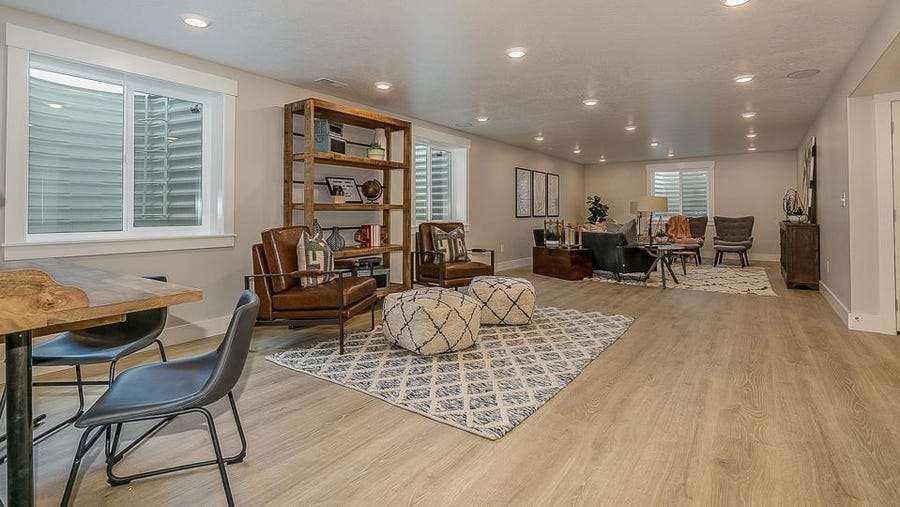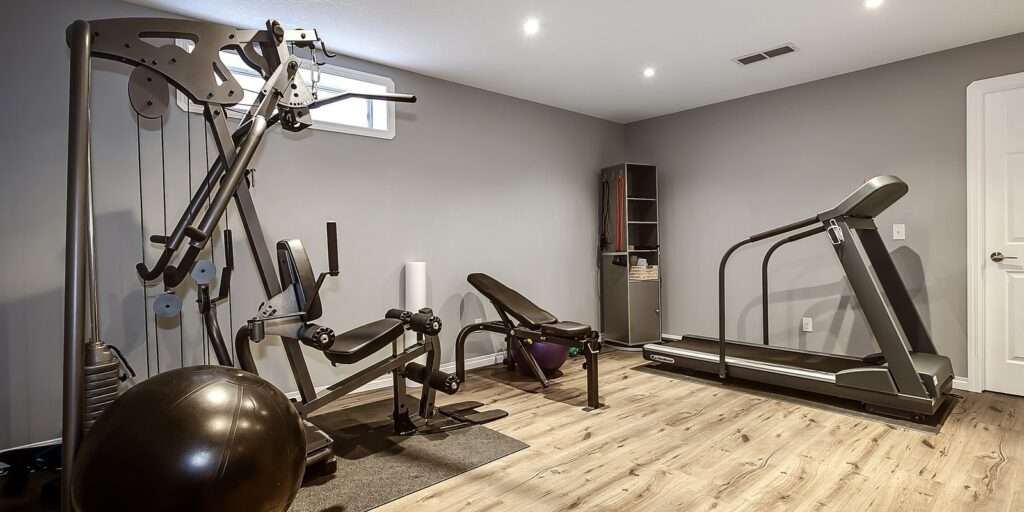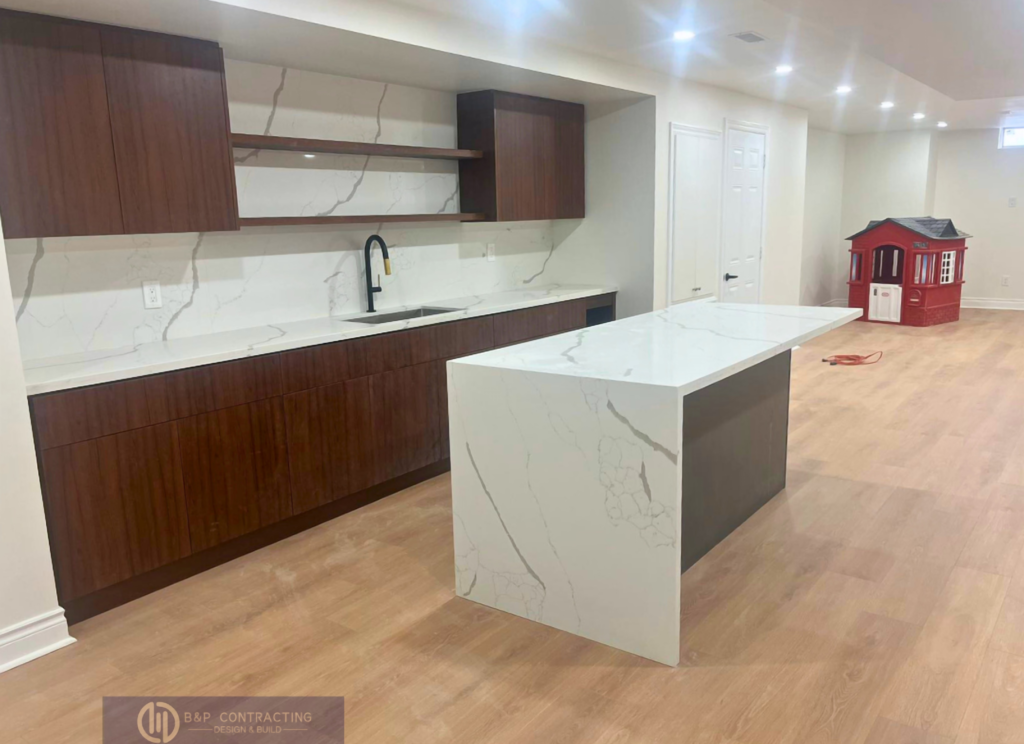Creating basement apartment- A guide to passive income
Creating basement apartment a guide to passive income In recent years, the idea of converting basements into fully functional apartments has gained immense popularity among homeowners. Transforming your basement into a rental space not only adds value to your property but also provides a lucrative source of passive income. However, designing a basement apartment necessitates […]
Creating basement apartment- A guide to passive income Read More »



